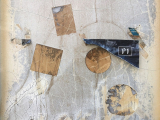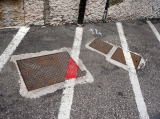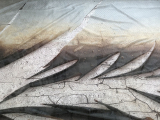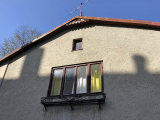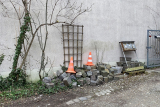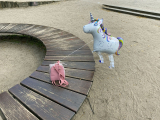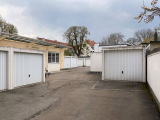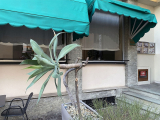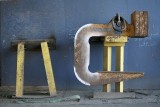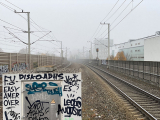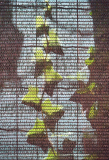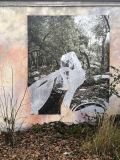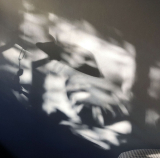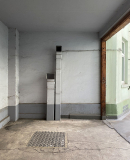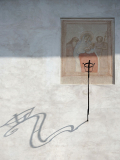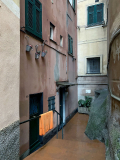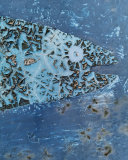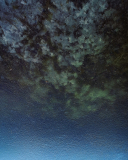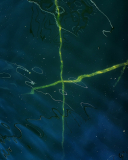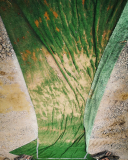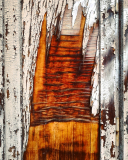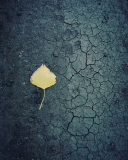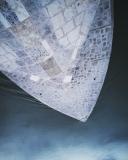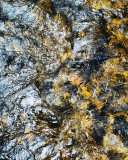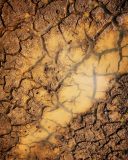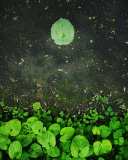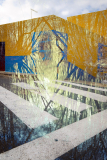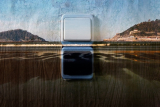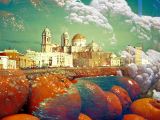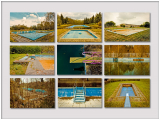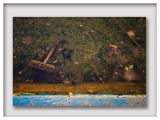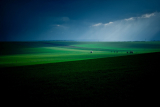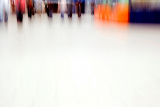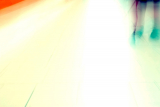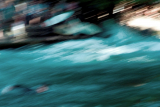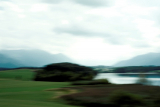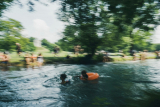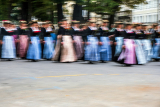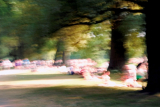Works
Schumacher Weise deKoe
The three photo artists gathered in this exhibition – Stefan Schumacher, Sebastian Weise and Käthe deKoe – are connected by photography in urban and landscape space. The more than 40 works combine some motifs that have already been presented in previous exhibitions and numerous new works from 2019 to 2021 that are being presented here for the first time.
2 February 2022 – 26 February 2022
On 2 February at 5 pm all are invited to the opening reception at the gallery. 2G applies in the rooms of the gallery, as do the usual mask and distance rules. We ask for absolute compliance! The artists Stefan Schumacher and Käthe deKoe are present.
The following works are presented in the show:
Schumacher Weise deKoe
The three photo artists gathered in this exhibition – Stefan Schumacher, Sebastian Weise and Käthe deKoe – are connected by photography in urban and landscape space. The more than 40 works combine some motifs that have already been presented in previous exhibitions and numerous new works from 2019 to 2021 that are being presented here for the first time.
Based on the style of the Düsseldorf Becher school, the Munich photographer and designer Stefan Schumacher (b. 1960) initially approaches the subjects of his interest in a descriptive manner. An influence of the “purified” motif is evident by the lack of people, vehicles, or signs. In addition, the light is always dim and without any shadows. In this way, a window into reality is transferred into a sterile artificiality that clearly stresses its structural relationships and then enables the actual constitution of the subject in the first place: surfaces, stereometric forms, and particular structures join together into the abstractness of the overall composition. There is alternation between airy spaces, stacked, staccato-like towering pediments, ornately-crossed cuboids or even just expressively communicating road markings alternating with each other. Schumacher’s work therefore proves itself to be dialectical, conceptual art that has developed an independent visual aesthetic. However, the artist’s broadened view also allows him to engage with accidentally discovered forms and structures in urban space, which leave the actual object behind and exist as largely autonomous forms, sometimes beyond the limits of decipherability.
The Halle (Saale)-based photographer Sebastian Weise (b. 1975) became known for his series „Aesthetics of Giving Up“, documenting the transience of interiors of abandoned houses in his Thuringian homeland, along with a number of bizarre accompanying motifs. The theme of found things is decisive for his work: objects discovered by chance, but also outdoor situations are reinterpreted precisely because of the traces of decay manifesting in them. The implementation as a pictorial motif does not happen through a staged intervention, but solely through a distanced, albeit selective depiction, which always includes the possibility of an ironic break. Since 2016, Weise’s work has focused on the series „Two Souls Live…“, in which he deals with the traces of life of the Germans in the Sudetenland — the homeland of his ancestors — and combines them with personal travel pictures to create surreal picture collages. „The collage process was applied in a highly intuitive manner. ‘Work in progress’ is a legitimate description. I’ll be here and there again and again, I’ll always see new pictures.“ Sebastian Weise received the Sudeten German Culture Prize for Fine Arts and Architecture in 2017.
Munich-based artist Käthe deKoe (b. 1984) has become a fixed term to the public, specifically through her image-based reporting of Munich’s pop and rock concerts in the music magazine LAXmag. To her, landscape photography means primarily focusing on an inspection and interpretation of the urban and rural areas in and around Munich. Through the use of motion blur, detailed information that allows for an exact geographical positioning of the selected subject has been omitted. On the other hand, the viewer fabricates archetypal views, in comparison with the real circumstances and reconstructs – as it were – mental images, fed by knowledge and experience. These reconstructions are ultimately fantasy visions, which consequently do not require a “likeness” or an empirical verification. Whether the English Garden, an S-Bahn mezzanine, or the foothills of the Alps deliver the concrete motive remains irrelevant. Rather, the visual and structural properties shove themselves to the foreground. The likeness suggests the image and becomes independent as an autonomous work of art, which itself – in turn – can be charged with the viewer’s memories and emotions, with the aim of a proactive confrontation between reality and photographic reality.
2G applies in the rooms of the gallery, as do the usual mask and distance rules. We ask for absolute compliance!
